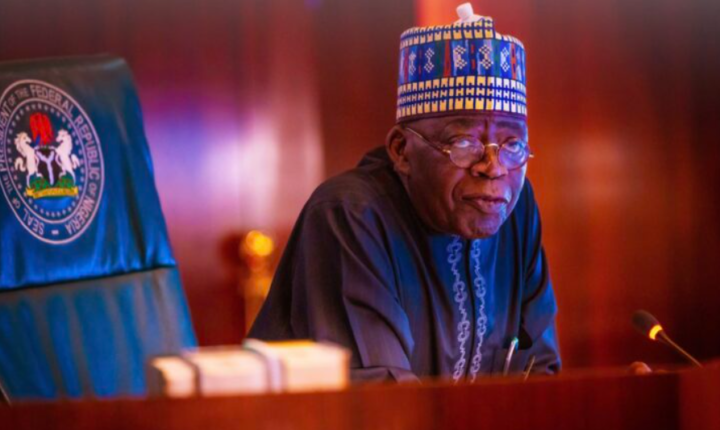In the labyrinth of fiscal planning, Nigeria’s 2024 budget emerges as a crucial roadmap, riddled with assumptions that bear significant implications for the nation’s economic health. As we dissect the intricacies of this financial blueprint, we find ourselves grappling with pivotal factors such as oil output, inflation rates, economic growth, benchmark oil prices, and the exchange rate. The bedrock of fiscal projections, these elements warrant meticulous examination to unravel the potential opportunities and pitfalls that lie ahead.
Oil Output: A Tenuous Balancing Act
At the heart of Nigeria’s revenue juggernaut lies the critical assumption of oil output. With the nation’s budget hinging on a projected xxx million barrels per day (mbpd), the trajectory of foreign currency revenues is intrinsically tied to this pivotal metric. Alas, recent reports reveal a stark reality—Nigeria’s current oil output languishes well below the 2028 target, primarily attributed to the nefarious activities of oil theft and illegal bunkering in the Niger Delta.
By setting a modest output target for 2024, Nigeria implicitly concedes its struggle to reclaim the production levels envisioned for 2028, a formidable challenge compounded by escalating financial obligations. Adding to the complexity, OPEC’s decision to cap Nigeria’s oil output at 1.5 mbpd adds an additional layer of risk, albeit one aimed at stabilizing global oil prices.

Inflation Rates: Unraveling the Tapestry of Consumer Prices
The budget’s assumption of xxx inflation hinges on a delicate interplay of factors. However, recent data from the Nigerian Bureau of Statistics paints a contrasting picture, with headline inflation soaring to xxx and food inflation reaching a staggering 30%. In a nation where the Consumer Price Index is dominated by a 51% weight of food items, the implications are profound.
As food prices become a linchpin in Nigeria’s inflation dynamics, questions loom large—can monetary policy effectively counteract the upward spiral of food prices? The Central Bank’s battle against monetary inflation may prove insufficient in addressing the root causes tied to insecurity in food-producing regions and infrastructure breakdowns that impede the smooth flow of goods to urban centers.
The Growth Rate Conundrum
With a projected economic growth rate of xx% for 2024, Nigeria faces a conundrum. Contrasted against historical growth rates spanning xxxx to xxxx, this figure appears notably anaemic. Moreover, with the population set to grow by xx% annually, the envisaged growth rate falls short of ensuring per capita prosperity—a critical benchmark for sustainable development.
Benchmark Oil Price: Striking the Right Balance
The budget employs a benchmark price for crude oil, dictating the revenue inflow that finances governmental expenditures. A delicate balance is sought, as a high benchmark could potentially boost revenues allocated to Ministries, Departments, and Agencies (MDAs), while a more prudent benchmark channels excess funds into the Excess Crude Account (ECA).
At $xxx, the chosen benchmark for 2024 appears prudent, aligning with the prevailing average oil prices in 2023. However, vulnerability surfaces as the oil market wavers, prompting OPEC+ to implement output cuts. The budget’s integrity is at stake, as a plummeting oil price could strain the predetermined benchmark, ushering in a budget deficit that necessitates borrowing to meet earmarked expenditures.
The Exchange Rate Ambition
The exchange rate, often considered the economic report card, assumes prominence in the 2024 budget with an ambitious projection of $1:xxx. Yet, the parallel market paints a different picture, indicating a rate surpassing $1: N1000. The crux lies in the belief that net exports will fortify the naira, a tall order given the drains on reserves from foreign education and health forex requests, coupled with a decline in oil exports.
Conclusion:
As we navigate the labyrinth of Nigeria’s 2024 budget assumptions, a tapestry of challenges and opportunities emerges. From precarious oil output targets and inflationary pressures to the delicate dance of benchmark oil prices and the ambitious exchange rate, each element holds the key to the nation’s economic fate. The road ahead is fraught with uncertainties, demanding a judicious balance of prudence and ambition to navigate the complex terrain of fiscal planning.
Support InfoStride News' Credible Journalism: Only credible journalism can guarantee a fair, accountable and transparent society, including democracy and government. It involves a lot of efforts and money. We need your support. Click here to Donate
